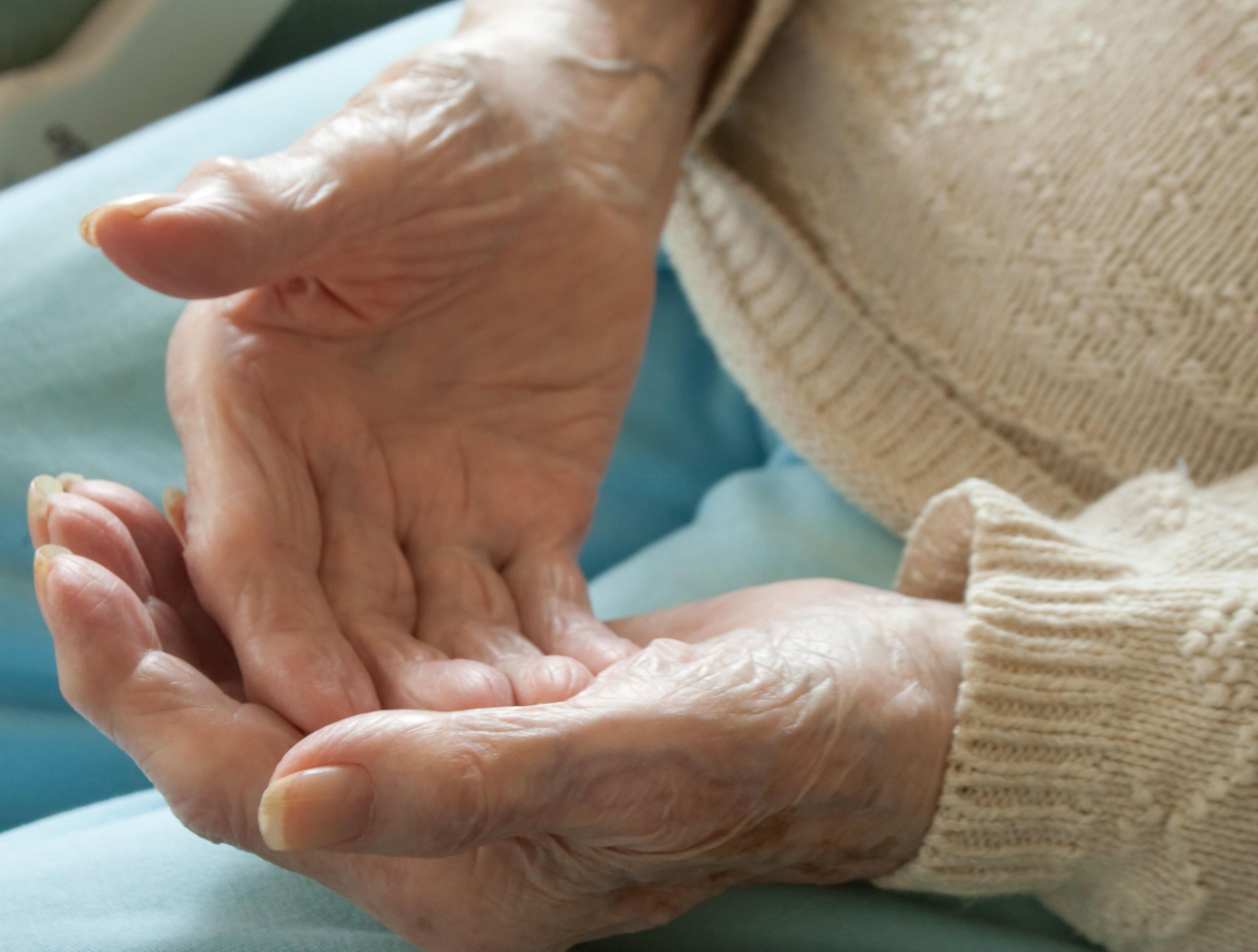Arthritis is a widespread condition in the UK, especially among those aged 60 and over.
While some level of discomfort can be a natural part of ageing, ongoing or worsening symptoms may indicate a more serious issue that shouldn’t be ignored.
To learn more, Justine Musiime, a chartered physiotherapist with a special interest in rehabilitation for older adults, revealed three of the most common types of arthritis in later life.
She also shared some key insights about when to seek professional advice for symptoms and why early intervention is so important.

Osteoarthritis
The most common type of arthritis in older people is osteoarthritis.
“Osteoarthritis is mainly the degeneration or wear and tear of the joint,” explains Musiime. “It mainly affect the knees and the hips, but can also affect other joints in the hands and the spine.”
In osteoarthritis, the protective cartilage on the ends of your bones breaks down and bony growths can develop, according to the NHS website.
It is estimated that around 8.75 million people in the UK have seen a doctor about osteoarthritis, according to Versus Arthritis’ website, and pain and tenderness are common symptoms.
“The pain is usually worse in the morning,” says Musiime. “So, after someone has been asleep, when they wake up they often feel terrible pain when they try to move. There can also be swelling as well.
“Sometimes people will also hear a crunching noise when they try to move the affected joint.”
However, the severity of osteoarthritis symptoms can vary greatly from person to person, and between different affected joints.
The exact cause is not known, but several things are thought to increase your risk of developing osteoarthritis such as joint injury, age, family history and obesity, according to the NHS website.
Osteoarthritis is also more common in women than men.
Rheumatoid arthritis
“Rheumatoid arthritis is an autoimmune disease where the body’s immune system starts attacking the joints by mistake, causing inflammation,” explains Musiime.
Symptoms of rheumatoid arthritis can include swollen and tender joints, swelling and stiffness in joints in the morning that lasts for longer than half an hour, severe tiredness and a general feeling of being unwell, according to Versus Arthritis.
Over time this inflammation can damage the joints, cartilage and nearby bone.
According to the NHS website, the condition usually affects the hands, feet and wrists and there may be periods where symptoms become worse, known as flare-ups or flares.
The NHS website also states that a flare can be difficult to predict, but with treatment it’s possible to decrease the number of flares and minimise or prevent long-term damage to the joints.
While rheumatoid arthritis can affect adults of any age, it’s most commonly starts among people between the ages of 40 and 60, according to Versus Arthritis.
Gout
“Gout is caused by an accumulation of uric acid in the body,” explains Musiime. This can lead to crystals forming around your joints, which causes pain, according to the NHS website.
“This mainly affects the big toe, causing it to be swollen, painful and sometimes red,” notes Musiime. “Sometimes you might also see skin peeling off.”
Things that can trigger a gout attack include an illness that causes a high temperature, too much alcohol or a very large meal, dehydration, a joint injury or certain medicine, according to the NHS website.

When should people seek help about their symptoms – and why is it important?
“I think if people are displaying symptoms, they should seek help as soon as possible. With the different kinds of arthritis there are different ways of managing the symptoms,” says Musiime. “Arthritis can affect people’s everyday life, even doing basic things like cooking, cleaning and dressing. I have met patients with arthritis who are unable to wash themselves.
“Arthritis isn’t curable, but seeking professional advice can help manage the symptoms and might be able to help slow the progression down too.”
Medication is a common pain management strategy for arthritis.
“I always tell my patients that they need to take the pain medication they have been prescribed because it can help take the edge off the pain,” says Musiime. “It also means that the medication will be in their system for when they start or try to get up and walk.
“Patients with arthritis are often prescribed non-steroidal anti-inflammatory drugs (NSAIDs) such as ibuprofen, but it’s best to talk to your GP to figure out the best medication for you.”
It’s also very important to stay active.
“Swimming is good because being in water means there is less pressure and pain on the joints and walking is also really good,” says Musiime. “But, any exercise that you enjoy engaging in is good, as long as it does not make the pain excruciating to the extent that you are not able to function. Any movement of the joints and strengthening the muscles around those joints is very important.”


